30 Years of the Auckland Marathon: 1992 Origin Story

The Auckland Marathon will celebrate its 30th anniversary when New Zealand’s most iconic running event returns to the streets of Auckland on 23 January 2022.
Postponed from its original date, the 2021 Auckland Marathon will once again offer participants the chance to run or walk over the Auckland Harbour Bridge and take in the best views of the city – an experience that’s been an integral part of the event since its 1992 inception.
With one month to go until thousands of runners take to the streets for the 2021 Auckland Marathon, we rewind the clock 30 years to find out more about the inaugural 1992 event and the man behind the Harbour Bridge crossing – Rendell McIntosh.
The first version of an Auckland Marathon was held in June 1936 using an Auckland waterfront course, but it wasn’t until October 1992 that the Auckland Harbour Bridge was first incorporated, becoming the first sports event to cross the iconic landmark.
“It's a fascinating story and obviously it was a long process for us to get permission,” said McIntosh, Co-Founder of the Auckland Marathon Company and Race Promoter of the Citibank Auckland International Marathon from 1992 to 1993.
McIntosh came from both a tourism and athletic background. He worked for many years for Air New Zealand and was also a New Zealand champion, twice for 400 metre hurdles and once for 800m, as well as representing New Zealand at the 1974 Commonwealth Games. Prior to creating the Auckland Marathon Company, he ran his own company called RIMU Promotions which specialised in event management.
In the past, other race organisers had approached the bridge authorities but they had always failed to secure permission to incorporate the Harbour Bridge into a sporting event.
McIntosh joined forces with Race Director Paul Ryken, then secretary of the Auckland Cross-country and Road Committee, an Auckland 3000-metre steeplechase representative and organiser of numerous athletics events, and with the support of members of parliament, local media, sporting bodies and tourism agencies, they put forward their proposal to Transit New Zealand.
The idea was to create an international marathon in Auckland that would be a professionally organised event over a highly scenic course. It would have the potential to attract large numbers of overseas visitors, bring millions of dollars into the region and become New Zealand’s biggest and best marathon – and the key to it all was the bridge.
“It took probably about a year and half, a long time before they finally gave permission. I had supporting letters from lots of places, and we basically just wore them down by saying here is a prime opportunity for the Auckland region,” said McIntosh.
For the first time ever Transit New Zealand, with the cooperation of the Ministry of Transport (now the New Zealand Police) said yes to the bridge crossing – provided the field was limited to 4,000 runners and only two of the bridge’s eight traffic lanes would be affected.
“It was a fantastic achievement for everybody involved,” said McIntosh. “It was just one of those iconic breakthroughs in our sporting history because the bridge has always been there and there’s been many, many people trying to get access to it and it just seemed like a dead end because Transit New Zealand wouldn’t allow it at all.”
Once permission was granted, McIntosh and his wife Jillian de Beer set up the Auckland Marathon Company and 15 directors were brought on board to form a committee that would help organise and run the marathon.
The Auckland International Marathon was given official recognition by Athletics New Zealand which in 1992 awarded the national marathon championships to the Auckland Centre. This meant alongside fun-runners and overseas athletes the field featured many of the country’s top marathoners battling it out for New Zealand and Auckland titles.
On 25 October 1992, 2,542 finishers made history when they combined to set a then record for the largest marathon held in Auckland and the first to run over the Harbour Bridge since it opened on 30 May 1959.
On the day of the event, Transit New Zealand had a large team of experts monitoring the effect of over 2,500 runners on the structure. It took nearly three quarters of an hour to get everyone across and the crossing went by without an issue.
McIntosh said the event received a great reception on the day with only a few minor hitches along the way – as with any new event.
“Everyone really enjoyed it,” said McIntosh. “Obviously with any event there are bound to be a few minor things that go wrong, but as long as they go wrong internally then that’s the main thing. The public didn’t encounter any difficulties. Just a few teething problems but you get that with any event that’s starting out.
“Overall, we were absolutely delighted and everyone was just so supportive. It’s one of those iconic moments where we managed to break through a barrier that had been superimposed.”
The 1992 Auckland Marathon attracted international representatives from 15 different nations as far afield as Bermuda, though 76% of entrants were from the Auckland region itself.
The race was won by Mark Hutchison, an Auckland fireman, in a time of 2:16:32. England’s Anne Roden took out the female race in 2:39:53.
The event returned a year later on 24 October 1993 with 1,346 entrants, of which there were 64 representatives from 17 overseas countries.
After two years of organising the Auckland Marathon, McIntosh decided to sell the rights to the event to the Auckland YMCA as it wasn’t financially viable for his company to continue anymore.
McIntosh still looks back fondly on his time organising the Auckland Marathon and the legacy that has been created 30 years on.
“It was just a fascinating event in terms of starting something from scratch and then having a really good committee and a good race director, good sponsorship,” said McIntosh. “But at the end of the day it didn’t work out financially and so we moved on to other events.
“I’m just very proud that a vision to create an iconic event has occurred and that people can still participate in it. It’s only that once a year that people have the opportunity to run over the bridge and so it’s unique and special, but it’s also good for health and wellbeing. It’s created a challenge for people to pursue for their own personal satisfaction.”








